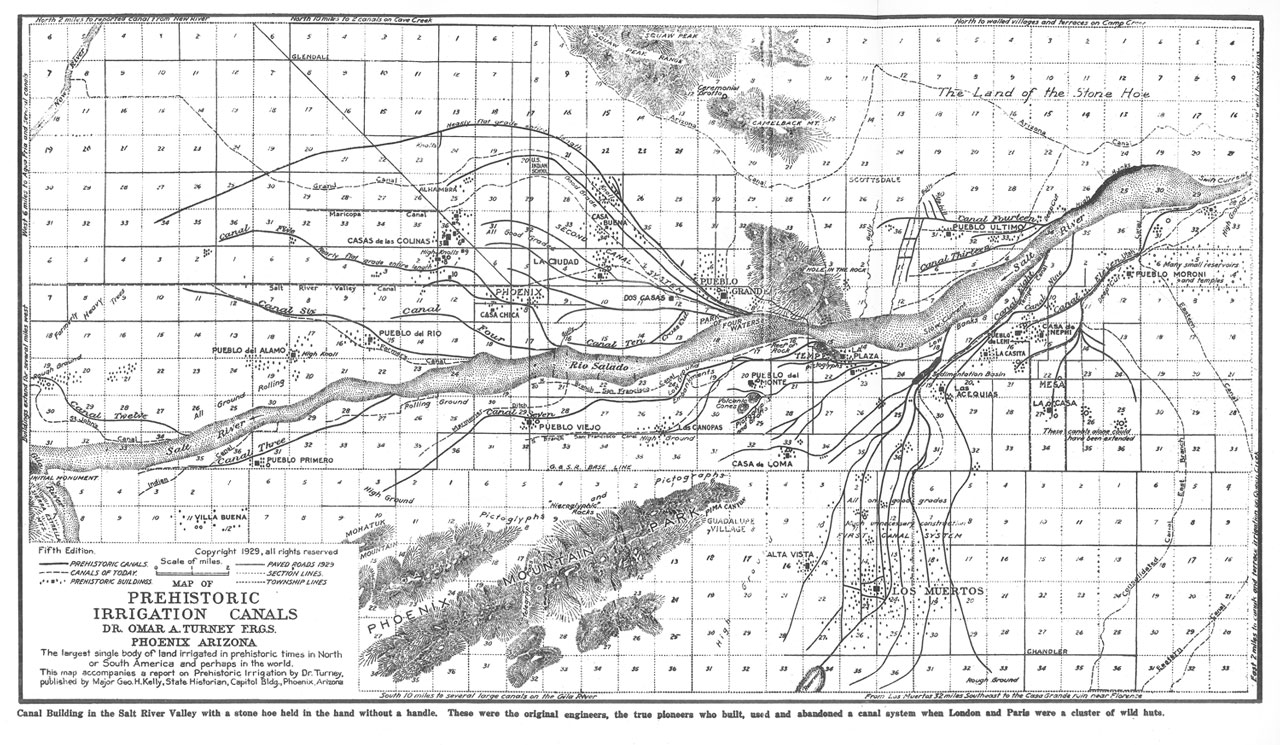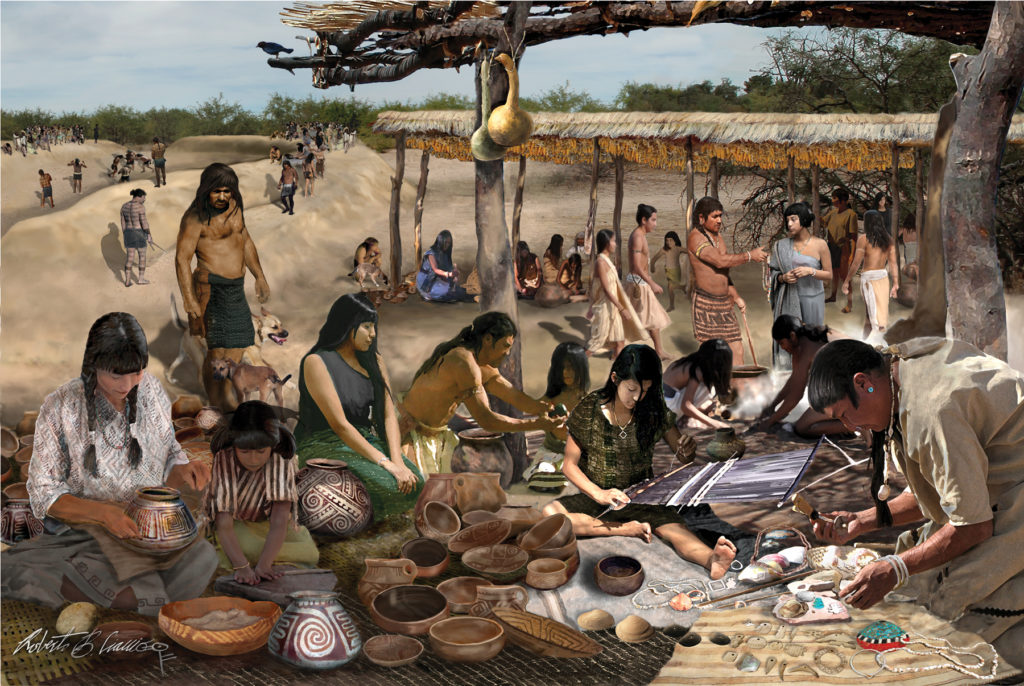
Creating a stabilized canal system they transported water through minimal changes in elevation and overcame natural ebbs and flows that rivers create. Their ability to push water effectively for several 100 miles over a flat desert landscape, while evading hills and valleys complimented their legacy.

Using digging sticks, the Native Americans excavated 12-feet deep canals, fanning into a larger network of smaller canals.īecause of their extensive excavation abilities, the Hohokam were considered to be engineering geniuses. As the population grew further from the river, the Hohokam began to construct canals for irrigation. Around 600 CE, the Hohokam population grew too large for sustainable living. Hohokam, (a Pima Indian word meaning ‘‘those who have disappeared’’), first appeared around 1 CE initially growing beans, squash, corn and cotton serving a very small population of less than one thousand. The Hohokam people lived in the Mesa area for nearly 1,500 years. With a population estimated to be as many as 80,000 individuals at its height, the culture flourished for more than 1000 years in the unforgiving Sonoran desert before disappearing in about 1450 CE. Want to learn more? Explore the major concepts, places, cultures, and themes that Southwestern archaeologists are exploring today in our Introduction to Southwestern Archaeology.The Hohokan people dug a sophisticated network of canals in the Salt River Valley as a foundation for a flourishing civilization. European settlers actually cleared out and reused many Hohokam canals hundreds of years later. There are more than 500 miles of documented canals in the region, representing the largest-scale irrigation in North America. Their vast canal networks include some canals more than 20 miles long. People in the Hohokam region employed massive-scale irrigation farming. Throughout their history, potters in the Hohokam region produced brown (in the Tucson Basin area) and buff (in the Phoenix Basin area) ware pottery, sometimes painted with geometric designs or life forms in red. Compound B at Casa Grande Ruins National Monument has two platform mounds. Larger villages then had a different kind of central construction: large platform mounds, often with structures on top, that appear to have been the place for religious and political activities. 1150 or 1200, people in the Hohokam region began building their houses as aboveground compounds within a walled courtyard. People probably used these for gatherings and for a ball game that was probably similar to those played among Mesoamerican societies.

8, many villages also had large earthen constructions that archaeologists identify as ballcourts. Archaeologists find these dwellings in sets of three or four around small courtyards. CiaccioĮarly Hohokam settlements consist of clusters of shallow pithouses. Note the pithouse architecture and the decorated and undecorated pottery. This Hohokam community thrived in the northwest Tucson Basin. People who resided in the Hohokam (ho-ho-kahm) region were probably among the ancestors of contemporary southern desert populations, such as the O’odham, as well as Pueblo populations and perhaps other populations in northern Mexico.


 0 kommentar(er)
0 kommentar(er)
